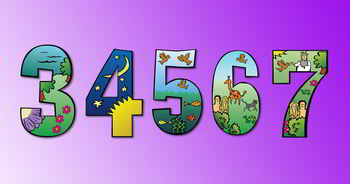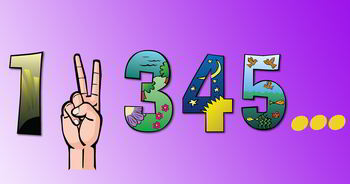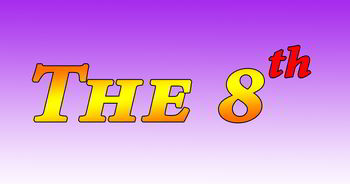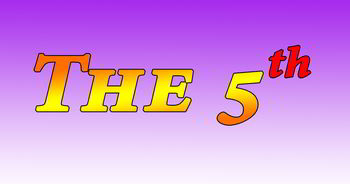Learn Russian Numbers: Counting in Russian is good for your brain!
Would you happen to know how to answer the following questions in Russian: “How old are you?” and “How much does it cost?”? Do you know how to tell people about your birthday, tell time and date in Russian? In order to be able to talk about such common things one needs to have good command of Russian numbers. If you already know all of them, well… great job! Otherwise, I would like to assist you in familiarizing with this rather interesting aspect of the Russian language.
Counting in Russian is the first step to developing arithmetic and mathematical skills not just in the Russian language, but overall. Russian is traditionally thought of as a complicated language, but it is perfectly shaped for complex mathematical operations. If you learn to say the Russian equivalent of the word 18 (eighteen – vo-sem-NA-tsat) then you can be sure, that nothing is impossible for you. If you can so much as spell it and write it, then you’re nearly omnipotent. Anyway, Russian numbers are all very logical if you take a deeper look into the structure and etymology. It’s much easier and more reasonable than, say, French, where instead of “eighty” you have “four times twenty”.
Ordinal and Cardinal

I hope we are okay so far. This shouldn’t be too hard to learn, but these are just a few particularities of the topic. However, if you manage to develop decent command of numbers in Russian, you can pat yourself on the back, because this task is nearly impossible for most. At least they think it is
How to Count in Russian: Cardinal Numbers

Example of Ordinal Numbers
Ordinal numbers (can you guess; what they are by what they’re called?) show the specific order when counting. They are used to give an answer to the question “which one?”. E.g. such phrases as “the 8th day” or “the 5th month” are vivid examples of ordinal numbers. Just as in the English language, ordinal numbers in Russian are based on cardinal ones. There’s one specific difference though. In English ordinal numbers have just 4 endings, which are, as you know, -th, -st, -nd and –rd. In Russian there are more of those.
Collective Numbers
You use collective numbers to speak of groups of something (people, animals, for example).
Fractional Numbers
Russian fractions may be a bit of a challenge, but definitely worth learning. However, you should take care of cardinal and ordinal numbers first. It’ll be much easier that way, trust me!






